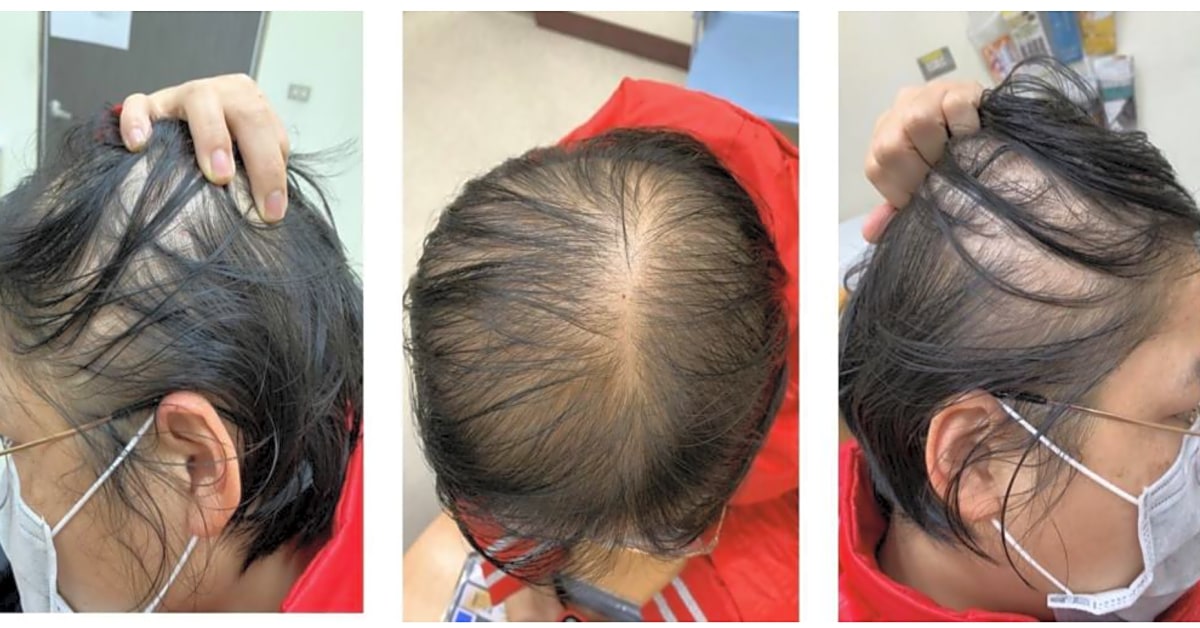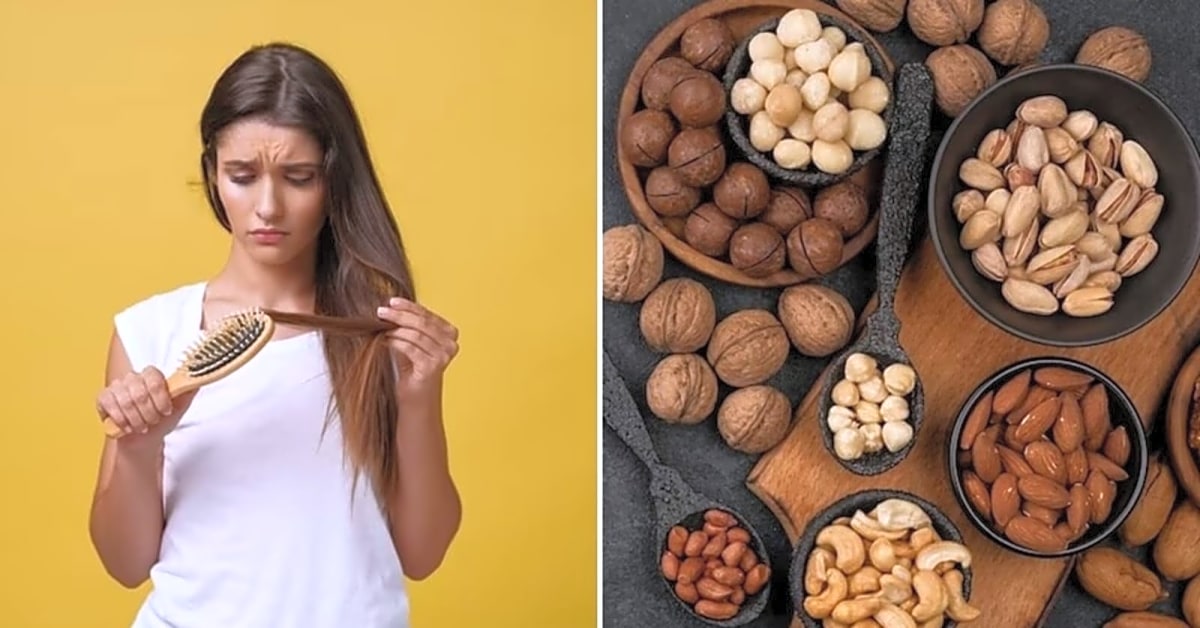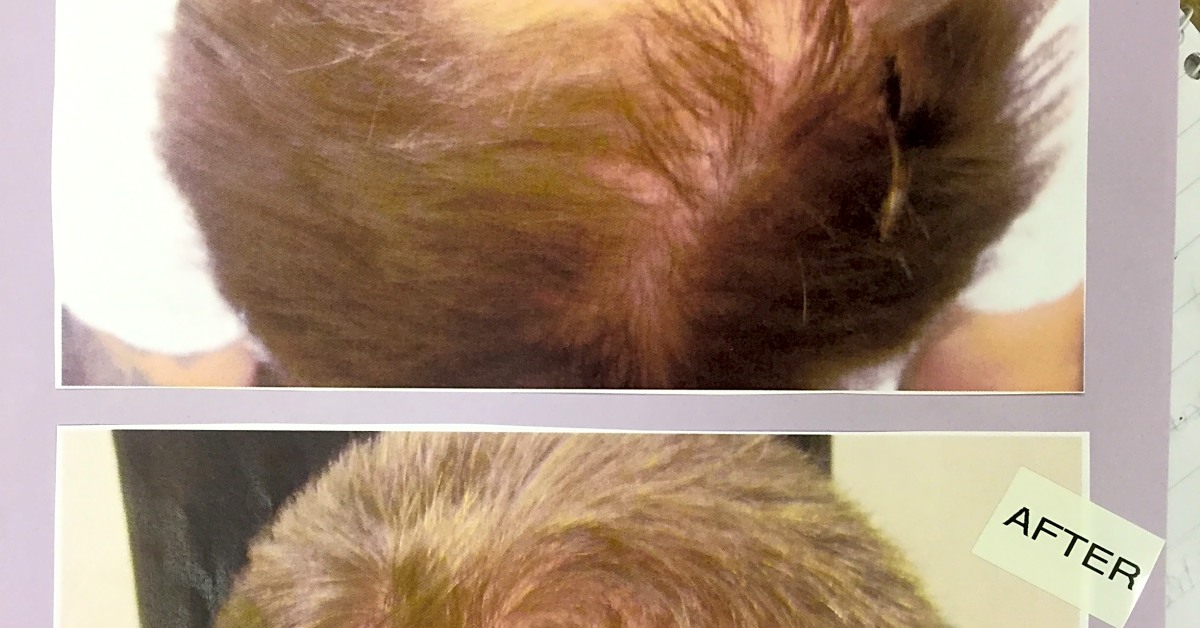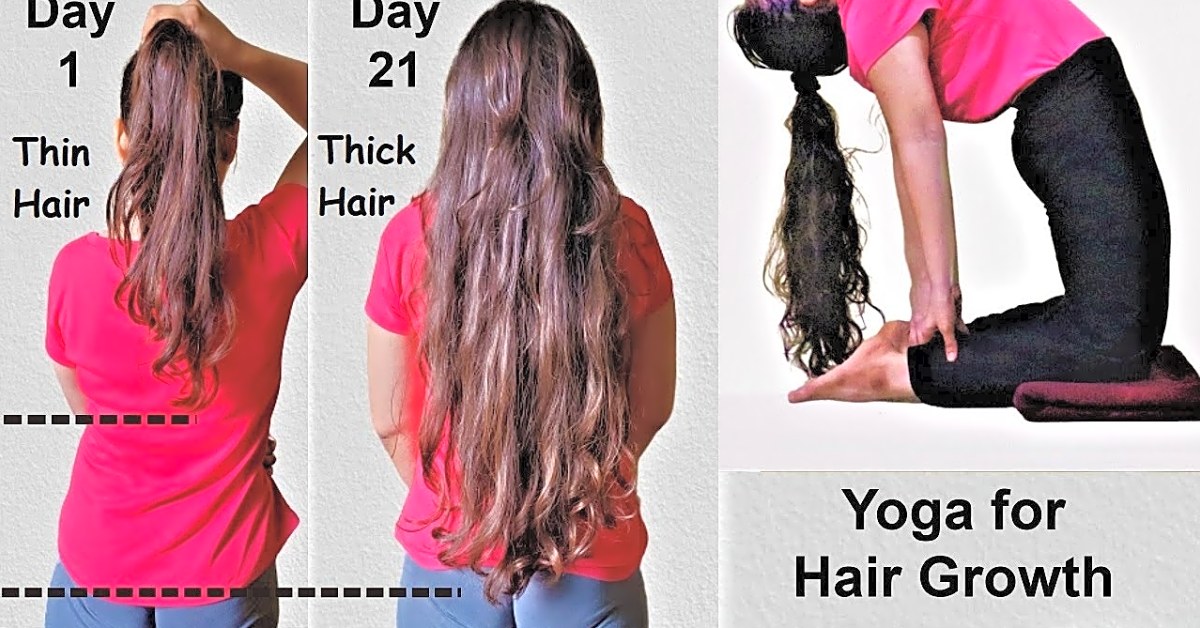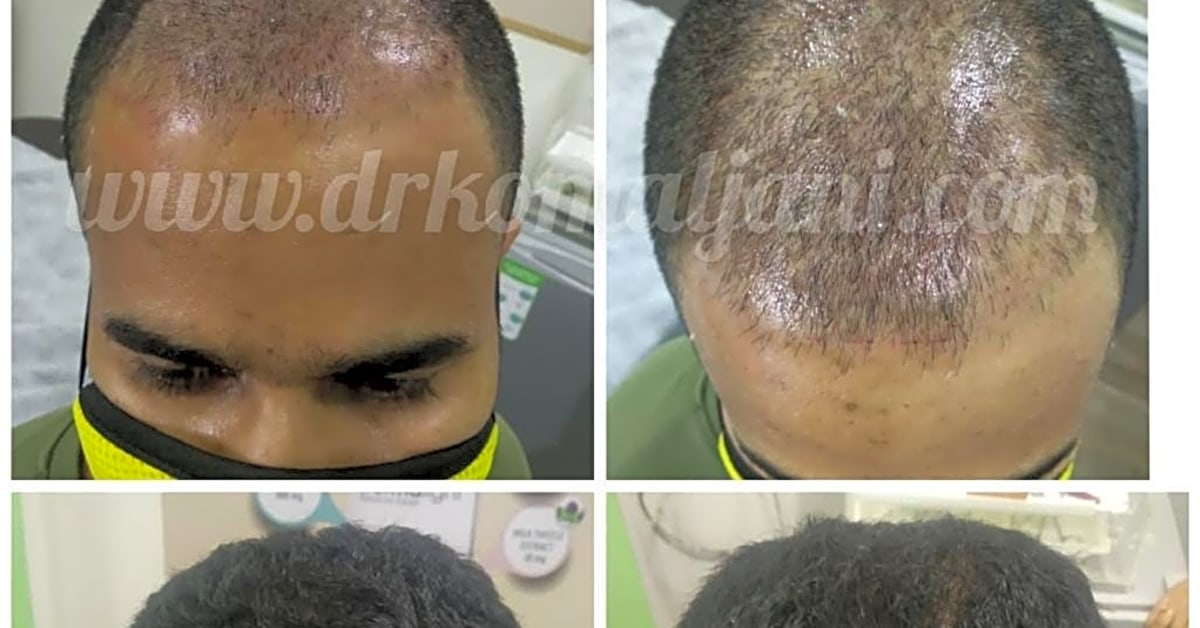Female pattern hair loss is a common and frustrating condition that affects millions of women worldwide. Also known as androgenetic alopecia, this type of hair loss is caused by a combination of genetic and hormonal factors. It is characterized by a gradual thinning of the hair on the scalp, usually starting at the crown and temples. Unlike male pattern baldness, which typically results in complete hair loss, female pattern hair loss often leads to a noticeable decrease in hair volume and overall density. In this article, we will delve deeper into the causes of female pattern hair loss and explore how genetics play a crucial role in its development. So, if you’re struggling with thinning hair or just want to learn more about this condition, keep reading!
Female pattern hair loss is a common condition that affects millions of women worldwide. Also known as androgenetic alopecia, it is characterized by a gradual thinning of the hair on the scalp, particularly in the frontal and crown areas. This type of hair loss is different from the typical male pattern baldness, as it often results in a diffuse thinning of the hair rather than complete baldness.
The exact cause of female pattern hair loss is not fully understood, but it is believed to be a combination of genetic and hormonal factors. Women who have a family history of this condition are more likely to experience it themselves. This is because certain genes can make a woman more sensitive to the effects of androgens, the male hormones that can contribute to hair loss.
Another factor that can play a role in female pattern hair loss is hormonal imbalances. This can occur during menopause or pregnancy, as well as due to conditions such as polycystic ovary syndrome (PCOS). These hormonal changes can affect the hair growth cycle and lead to excessive shedding.
In addition to genetics and hormones, stress can also be a contributing factor to female pattern hair loss. Stress can disrupt the normal functioning of the body, including the hair growth cycle. This can lead to an increase in shedding and slower hair regrowth.
It is important to note that female pattern hair loss can also be a symptom of an underlying medical condition. Thyroid disorders, iron deficiency anemia, and autoimmune diseases can all cause hair loss in women. Therefore, it is important to consult with a healthcare professional to determine the root cause of your hair loss before starting any treatment.
Fortunately, there are various treatments and products available to help restore hair growth in women with female pattern hair loss. These include topical minoxidil, which is the only FDA-approved medication for female pattern hair loss. It works by increasing blood flow to the scalp and stimulating hair growth.
Other treatment options include low-level laser therapy, which can help to stimulate hair follicles, and supplements such as biotin and iron, which can support healthy hair growth. In severe cases, hair transplant surgery may be an option.
In addition to these treatments, there are also lifestyle changes that can help to prevent or slow down hair loss. These include reducing stress levels, maintaining a balanced diet rich in essential vitamins and minerals, and avoiding harsh hair treatments such as excessive heat styling and chemical processing.
In conclusion, female pattern hair loss can be a distressing experience for many women. It is important to understand that this condition is caused by a combination of factors, including genetics, hormones, and stress. By consulting with a healthcare professional and exploring various treatment options, women can effectively manage their hair loss and restore their confidence and self-esteem.
Causes of Female Pattern Hair Loss
In this section, we will discuss the primary factors that can contribute to female pattern hair loss, such as hormonal changes, genetics, and underlying medical conditions. We will also explore how these factors can affect hair growth and lead to thinning or baldness.
The Role of Genetics in Female Pattern Hair Loss
Genetics play a significant role in female pattern hair loss. This section will delve into the genetic factors that can contribute to this condition and how they can be inherited from either side of the family.
We now know that female pattern hair loss is a hereditary condition, meaning it can be passed down from parents to their children. This is because the genetic predisposition for hair loss is inherited from both the mother and father.
There are several genetic factors that can contribute to female pattern hair loss, including variations in the androgen receptor gene, estrogen receptor gene, and insulin-like growth factor gene. These genes can affect the sensitivity of hair follicles to hormones and play a role in the miniaturization of hair follicles.
It is important to note that not all women with a family history of hair loss will experience female pattern hair loss. There are also cases where women without a family history can develop this condition due to other contributing factors.
There are three main patterns of genetic hair loss in women: Ludwig, Sinclair, and Olsen. The Ludwig pattern is characterized by diffuse thinning on the top of the scalp, while the Sinclair pattern presents as a widening part with diffuse thinning. The Olsen pattern is similar to the Ludwig but with more pronounced hair loss on the crown.
Knowing your family history and understanding your genetic predisposition can help you better manage and treat female pattern hair loss. Consult with a healthcare professional for personalized advice and treatment options.
Products for Female Pattern Hair Loss
Aside from treatments, there are also numerous products in the market that claim to help prevent or treat female pattern hair loss. In this section, we will look into different products such as shampoos, serums, and supplements, and evaluate their effectiveness in promoting hair growth.
When it comes to hair loss, many women turn to shampoos specifically designed for this issue. These shampoos often contain ingredients like biotin, caffeine, and saw palmetto, which are believed to promote hair growth. While these shampoos may provide some benefits, they should not be solely relied upon as a treatment for female pattern hair loss.
Serums are another popular option for promoting hair growth. These topical treatments are typically applied directly to the scalp and contain active ingredients like minoxidil or ketoconazole. While some women have reported success with using serums for hair loss, results may vary and it is important to consult with a healthcare professional before starting any new treatment.
In addition to shampoos and serums, there are also various supplements marketed for promoting hair growth. These supplements often contain vitamins, minerals, and herbal extracts that are believed to support healthy hair growth. While supplements may provide some benefits, it is important to note that they are not regulated by the FDA and may not be effective for everyone.
Ultimately, when considering using products for female pattern hair loss, it is important to do thorough research and consult with a healthcare professional. While these products may provide some benefits, they should not be relied upon as the sole solution for treating hair loss.
Treatments for Female Pattern Hair Loss
Female pattern hair loss is a condition that affects millions of women worldwide. It is characterized by a gradual thinning of the hair on the scalp, typically in a pattern similar to male pattern baldness.
While there is no cure for female pattern hair loss, there are various treatments available that can help slow down or even reverse its effects. These treatments can range from topical solutions to oral medications, and even natural remedies.
Topical Solutions
One of the most commonly used treatments for female pattern hair loss is the application of topical solutions, such as minoxidil. This medication works by stimulating hair follicles and prolonging the growth phase of the hair cycle. It is available over-the-counter and has been shown to be effective in promoting hair growth.
However, it is important to note that minoxidil may take several months to show results and must be used continuously to maintain its effects.
Oral Medications
In some cases, doctors may prescribe oral medications, such as finasteride, to treat female pattern hair loss. This medication works by blocking the production of dihydrotestosterone (DHT), a hormone that can contribute to hair loss. Finasteride has been shown to be effective in promoting hair growth, but it may also have side effects such as decreased libido and breast tenderness.
It is important to consult with a doctor before starting any oral medications for female pattern hair loss.
Natural Remedies
In addition to medical treatments, there are also natural remedies that can help promote hair growth in women with female pattern hair loss. These include essential oils, such as rosemary and peppermint, which have been shown to stimulate hair growth when applied topically. Other natural remedies include changes in diet and lifestyle, such as reducing stress levels and incorporating more nutrients into one’s diet.
While natural remedies may not be as extensively studied as medical treatments, they can still be a safe and effective option for some women.
In conclusion, female pattern hair loss can be caused by a combination of factors, including genetics and hormonal changes. While there is no one-size-fits-all solution for this condition, consulting with a healthcare professional and trying out various treatments and products can help restore hair growth. Remember to be patient and consistent with your chosen treatment to see results.

